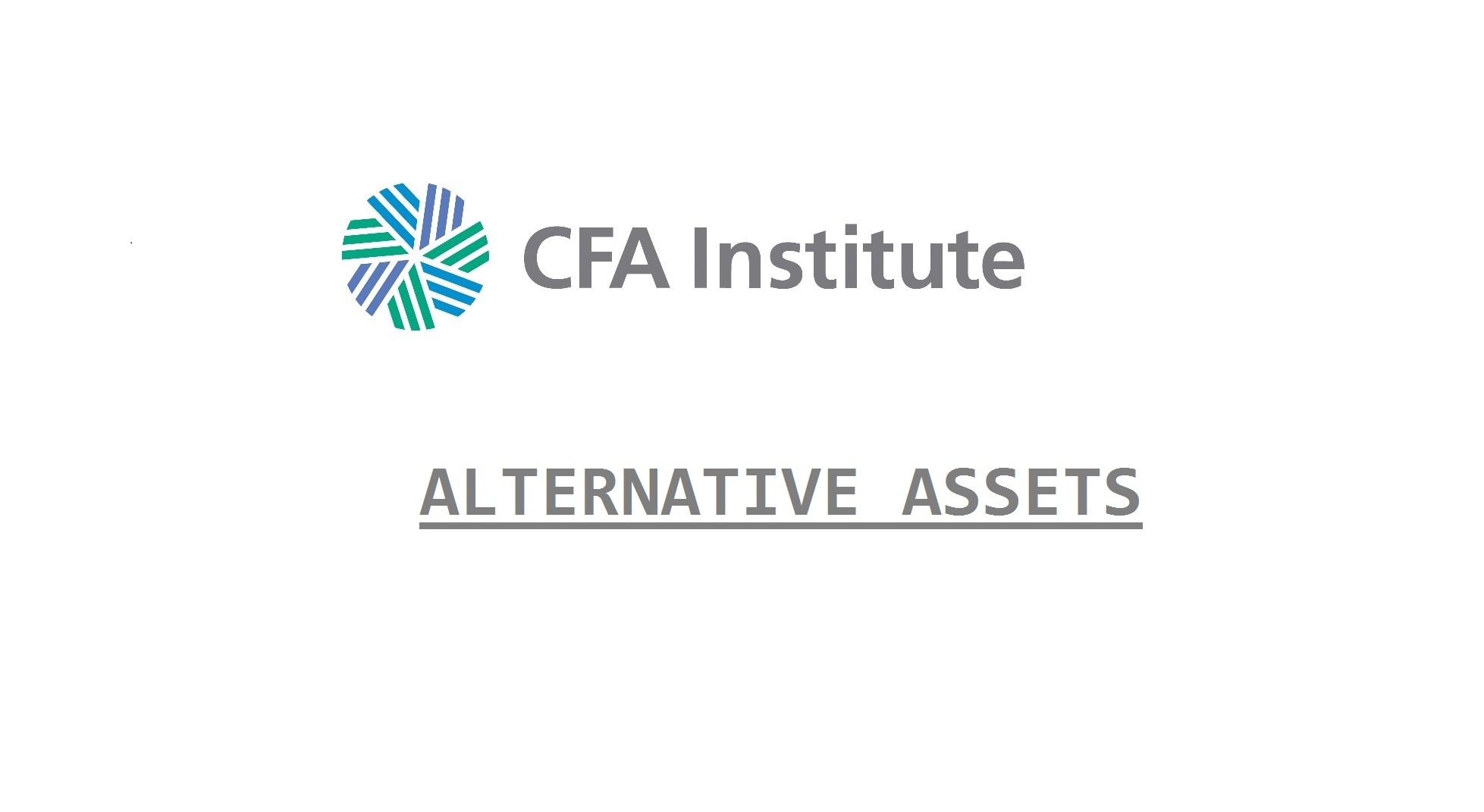A private equity funds operates with a relationship between the general partners of the fund and the limited partners. Only qualified, high net worth investors can participate in PE funds.
The fund is run according to terms outlined in the fund prospectus. These terms are negotiated by the GP and LPs and they can be categorized into economic terms and governance terms.
Economic terms include negotiated management fees based on nav, transaction feeds from third parties, and carried interest/performance fees which are the GPs share of the fund profits.
Ratchet clauses specify the how the equity will be allocated between investors and management and allows management to increase their shares based on factors like performance. A hurdle rate is the rate the fund must return before the GP can receive carried interest. The target fund size sets the maximum size of the fund, and the term of the fund sets the life of the fund. Fund vintage refers to the year the fund was started.
Governance terms are the legal clauses that dictate how the fund will be controlled:
- Key man clause states that if a key executive leaves or does not dedicate enough time to the fund, the GP could be prohibited from making additional investments until the situation is rectified.
- Performance disclosure and confidentiality: This specifies the fund performance information that can be disclosed. Note that the performance information for underlying portfolio companies is typically not disclosed.
- Clawback: If a fund is profitable early in its life, the GP receives compensation from the GP’s contractually defined share of profits. Under a clawback provision, if the fund subsequently underperforms, the GP is required to pay back a portion of the early profits to the LPs. The clawback provision is usually settled at termination of the fund but can also be settled annually (also known as true-up).
- Distribution waterfall: This provision specifies the method in which profits will flow to the LPs and when the GP receives carried interest. Two methods are commonly used. In a deal-by-deal method, carried interest can be distributed after each individual deal. The disadvantage of this method from the LPs’ perspective is that one deal could earn $10 million and another could lose $10 million, but the GP will receive carried interest on the first deal, even though the LPs have not earned an overall positive return.
- In the total return method, carried interest is calculated on the entire portfolio. There are two variants of the total return method: (1) carried interest can be paid only after the entire committed capital is returned to LPs; or (2) carried interest can be paid when the value of the portfolio exceeds invested capital by some minimum amount (typically 20%). Notice that the former uses committed capital whereas the latter uses only the capital actually invested.
- Tag-along, drag-along clauses: Anytime an acquirer acquires control of the company, they must extend the acquisition offer to all shareholders, including firm management.
- No-fault divorce: This clause allows a GP to be fired if a supermajority (usually 75% or more) of the LPs agree to do so.
- Removal for cause: This provision allows for the firing of the GP or the termination of a fund given sufficient cause (e.g., a material breach of fund prospectus).
- Investment restrictions: These specify leverage limits, a minimum amount of diversification, etc.
- Co-investment: This provision allows the LPs to invest in other funds of the GP at low or no management fees. This provides the GP another source of funds. The provision also prevents the GP from using capital from different funds to invest in the same portfolio company. A conflict of interest would arise if the GP takes capital from one fund to invest in a troubled company that had received capital earlier from another fund.
